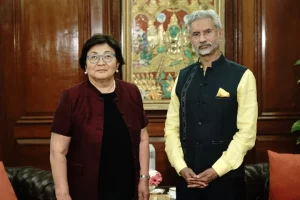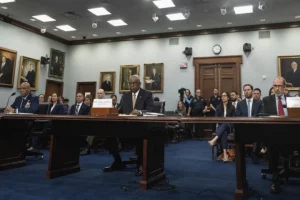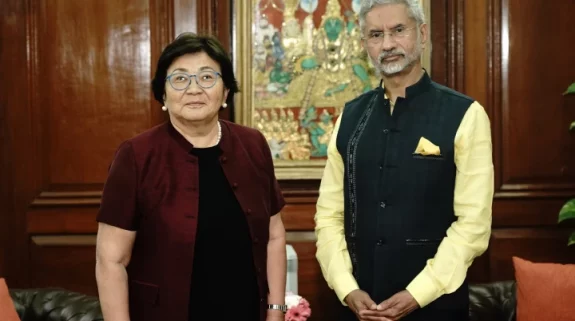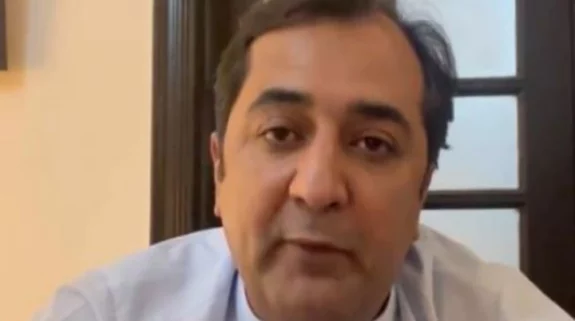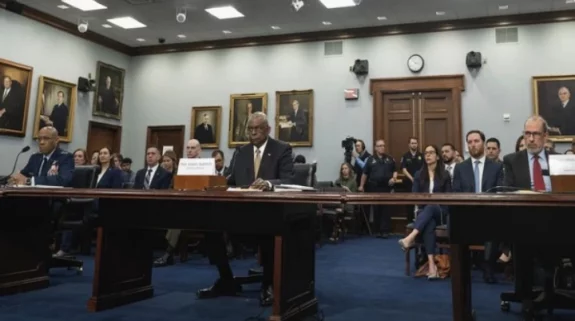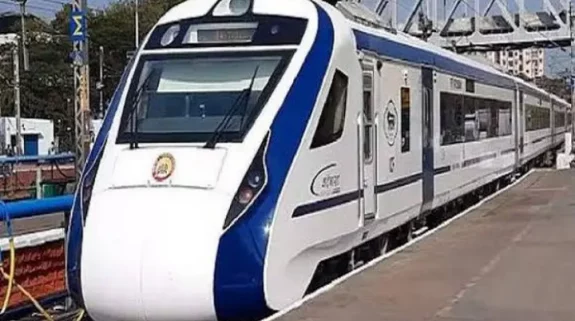While India’s Free Trade Agreements (FTAs) paved the way for better diplomatic relations with the Association of Southeast Asian Nations (ASEAN) region, they have proved harmful for the country’s economy, saddling it with huge trade deficits that are unsustainable in the long run and hurt indigenous industry as cheap imports flood local markets.
Signed amidst the heady euphoria of the “Look East” foreign policy conceived by mandarins of the Ministry of External Affairs during the erstwhile UPA regime, the adverse impact of these free trade agreements is reflected in the quantum leap in India’s trade deficit vis-à-vis ASEAN members in recent years. These trade deficits lead to a massive outgo of foreign exchange that weakens and destabilizes the rupee and hurts the fundamentals of the economy.
India now appears to have learned the hard way that no deal in global trade talks is better than a bad deal which is why it opted out of the Regional Comprehensive Economic Partnership (RCEP) talks with the ASEAN group and its trade partners.
<strong>Read also | <a href="https://indianarrative.com/opinion/in-indias-absence-will-china-be-the-biggest-beneficiary-of-rcep-25303.html" target="_blank" rel="noopener noreferrer">In India’s absence, will China be the biggest beneficiary of RCEP?</a></strong>
The 10-member ASEAN economic bloc comprises Indonesia, Malaysia, Philippines, Singapore, Thailand, Brunei, Laos, Myanmar, Cambodia and Vietnam. It is primarily aimed at promoting economic growth and regional stability among its members. The countries that signed the RCEP agreement this week is a wider grouping and includes the ASEAN bloc’s FTA partners China, Japan, South Korea, Australia and New Zealand. India is the sixth partner but had announced in November last year that it was pulling out of the talks on the proposed mega trade pact.
The fact that RCEP members, after finally signing the agreement this week, left the door ajar for India to join the pact in future only goes to show the enormous advantage that they see in tapping the huge Indian market for their goods. However, they had refused to accommodate India’s valid concerns at the intensive negotiations that took place ahead of the signing of the agreement which forced New Delhi to withdraw from the talks.
Commerce and Industry Minister Piyush Goyal had earlier explained the country’s stand on the issue in Parliament and had disclosed that the government would also be renegotiating the “lopsided” FTAs with ASEAN members as well as those with South Korea and Japan. The mammoth trade deficit with China has also been a major problem area and has figured prominently in talks with Beijing.
<strong>Read also | <a href="https://indianarrative.com/opinion/netflix-series-the-crown-season-four-controversy-msm-malign-margaret-thatcher-23991.html" target="_blank" rel="noopener noreferrer">Netflix series The Crown, MSM malign Margaret Thatcher</a></strong>
Goyal had stated in the Rajya Sabha that the trade deficit with ASEAN between 2010-11 and 2018-19 jumped more than four times from $5 billion to $21.8 billion on the back of these free trade agreements.
"In fact the merchandise goods deficit with all the RCEP countries increased more than nine times from $7.1 billion in 2003-04 to $65.1 billion in 2013-14. In the case of China alone, India's trade deficit rose 33 times, from $1.1 billion in 2003-04 to $36.2 billion in 2013-14,’’ the minister had disclosed. Thus with China also joining the RCEP deal, the situation would only turn from bad to worse.
New Delhi had at the RCEP talks last year raised serious concern over the burgeoning trade deficits and emphasized the need to tighten the rules of origin for imports in order to check a further surge in cheap Chinese goods flowing into India via third countries.
A Niti Aayog study that highlights abuse of rules of origin under the India-ASEAN free trade agreement points out that after India raised customs duty on some electronic products, imports from China dropped, but those from some ASEAN members suddenly shot up. DGCIS figures for 2018-19 show that imports from China dropped by 7.9%, year on year, to $70.3 billion. However, at the same time imports from Singapore soared by as much as 118%, Hong Kong by 68.5% and Vietnam by 43.3%. This was seen as a clear indication of Chinese goods being diverted to India illegally through the ASEAN members in which Beijing has made heavy investments.
The pegging of customs duties at the low levels prevailing in 2014 instead of the higher and more realistic 2019 levels also posed a major problem for India as this exposed the country’s electronic goods and smartphone industry to harmful unfair competition. However, with the powerful backing of China the RCEP group failed to accommodate India’s concerns, leaving it no option but to walk out of the talks.
Criticizing the free trade pacts, External Affairs Minister S. Jaishankar said, “The effect of past trade agreements has been to de-industrialize some sectors. The consequences of future ones would lock us into global commitments, many of them not to our advantage. Those who argue stressing openness and efficiency do not present the full picture. India was not turning its back on the world but strengthening itself.”
The RCEP countries have issued a statement saying that they are committed to restarting talks with India, if and when it decides to reapply in writing to join the trade agreement. However, Jaishankar’s comments quite clearly indicate that India is not interested in this offer to rejoin the group at a later stage..







